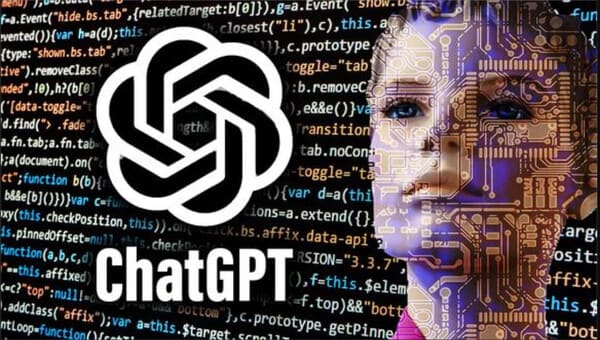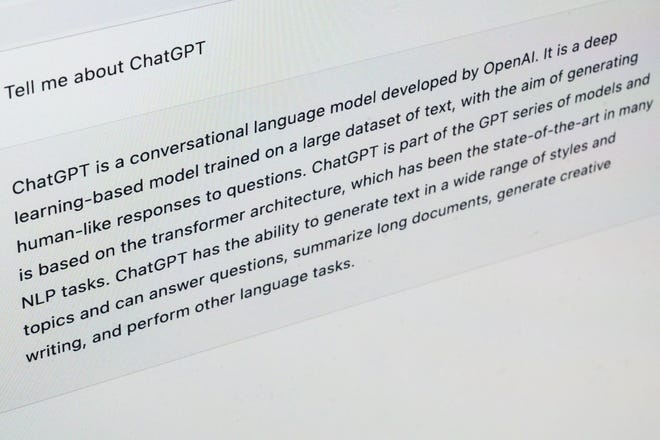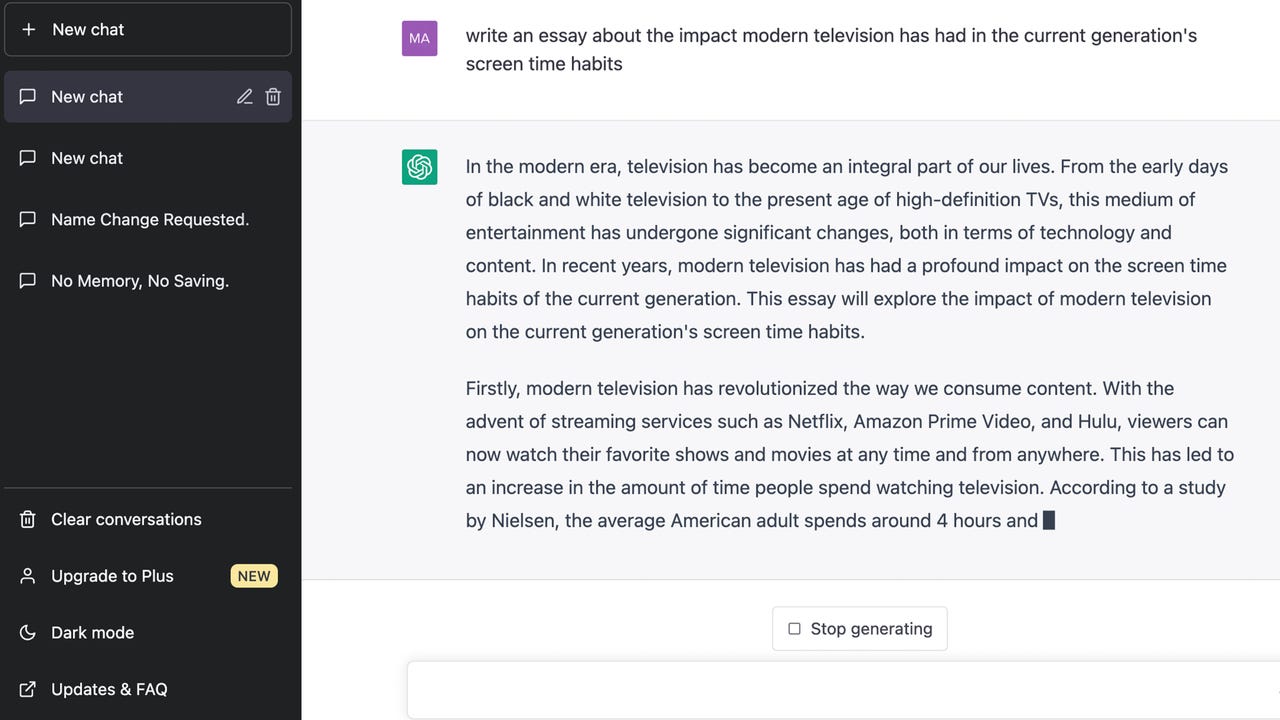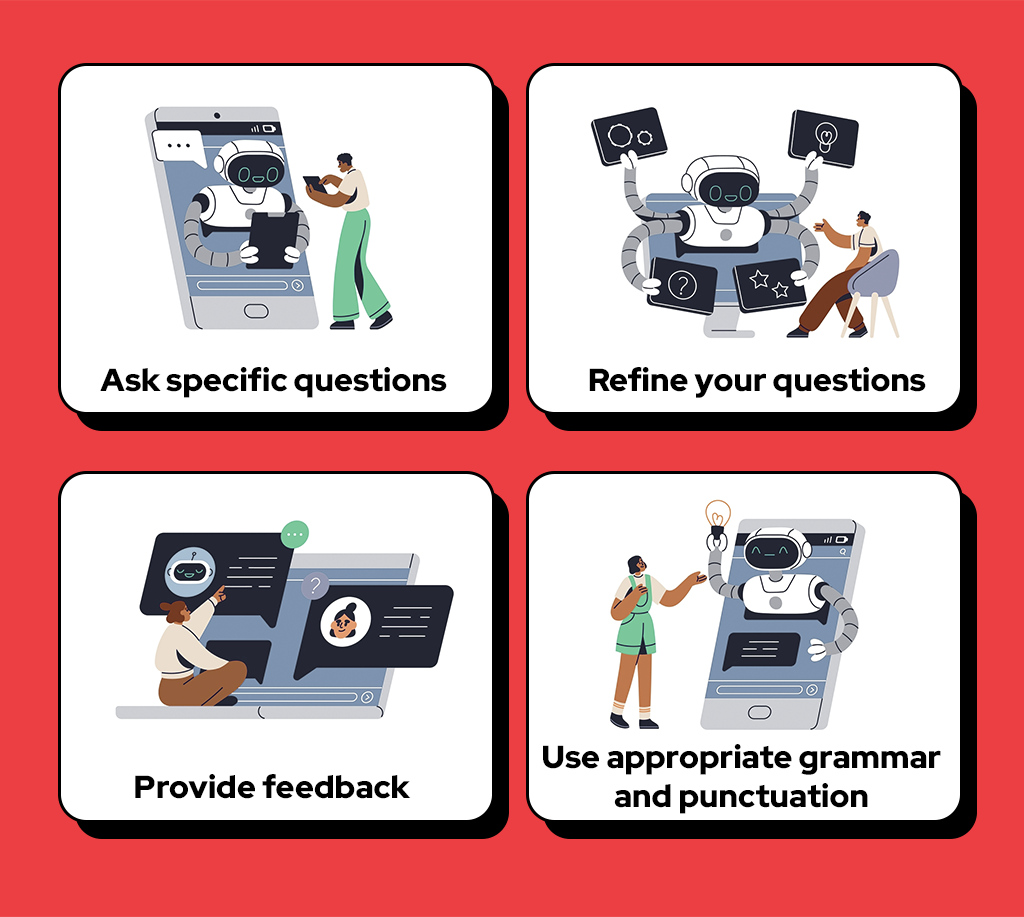Demystifying ChatGPT: Your Guide to AI Conversations
At its core, ChatGPT is a powerful artificial intelligence model created by OpenAI. It has been trained on an extensive range of texts, from books and articles to websites and more. This vast knowledge base enables ChatGPT to understand and respond to a wide array of queries across diverse topics. One of the fascinating aspects of ChatGPT is its ability to generate contextually relevant responses. It takes into account the conversation history, providing meaningful and coherent replies. This makes the interaction feel more natural and engaging, almost as if you're chatting with a human.
In this article, we'll demystify ChatGPT and provide some
tips on how to get the most out of our friendly virtual assistant to make our
lives more productive and effective.
Here are 10 tips on effectively using ChatGPT.
2. Start with a warm-up prompt: Begin your interaction with a warm-up prompt to establish context and set the tone. This can help ChatGPT better understand your needs and generate more accurate responses. A warm-up prompt is an initial input or question that you provide to ChatGPT at the beginning of your interaction. It serves as an introduction or context setter to establish the tone and direction of the conversation. The purpose of a warm-up prompt is to help ChatGPT understand your needs and generate more accurate responses.
Here's an example to illustrate the concept:
Instead of starting the conversation abruptly with a
specific question like, "What is the capital of France?", you can use
a warm-up prompt to set the stage, such as:
"Let's have a conversation about geography. I have a
question about a European country. Can you help me?"
"I'm curious about famous landmarks. Can you tell me
about some iconic structures around the world?"
By providing a warm-up prompt, you allow ChatGPT to understand the context and topic of the conversation. This helps it generate more relevant and focused responses, enhancing the overall effectiveness of your interaction.
3. Be specific and concise: When asking questions or
providing instructions, be as specific and concise as possible. Avoid vague or
ambiguous queries to obtain more focused and relevant answers. For example instead of asking a broad and
vague question like, "Tell me about climate change," you can be more
specific and concise by narrowing down your query to "Can you provide
three key factors contributing to climate change and their environmental
impacts?"
4. Experiment with different phrasing: Try rephrasing your questions or instructions in different ways to explore various angles and perspectives. This can help uncover new insights and generate diverse responses. For example, "Tell me about the benefits of meditation.", can be rephrase as "What positive effects can meditation have on mental well-being?"
5. Provide necessary context: Give relevant context when
asking questions. Providing background information or specifying the desired
context can help ChatGPT generate more accurate and informed responses. For example, "I enjoy science fiction
novels with complex world-building and strong character development. Could you
recommend some books that fit this description?"
6. Use Multiple Prompts: Experiment with different variations of prompts to explore various angles and gather comprehensive information. ChatGPT responds differently to different phrasings and prompts, so by trying out multiple queries, you can uncover diverse insights and perspectives.
Example: Instead of asking a single prompt like, "What
is climate change?", you can ask, "Can you explain the causes and
effects of climate change?" and "How does climate change impact
different regions around the world?"
7. Iterate and refine: Treat your interaction with ChatGPT as an iterative process. Refine your questions and instructions based on previous responses to enhance the quality and relevance of subsequent interactions. For example, after receiving a general response to the Initial question: "What are the negative effects of social media?", you can iterate and refine your query by asking "How does excessive social media use contribute to feelings of loneliness and isolation?"
8. Fact-check and verify information: Remember that ChatGPT generates responses based on patterns it has learned, so it's essential to fact-check and verify any information it provides. While ChatGPT strives to provide helpful and relevant responses, it's important to remember that it generates content based on patterns learned from training data and may not always guarantee complete accuracy. Double-checking ensures accuracy and reliability. This can be cross-referencing with multiple sources, check with news organizations, look up primary sources and consult subject-matter experts.
9. Use caution with personal information: Avoid sharing personal or sensitive information when interacting with ChatGPT. While ChatGPT doesn't retain user data, it's always advisable to exercise caution when discussing personal details.
10. Experiment, learn, and feedback: Embrace the learning process and experiment with different techniques and approaches. Learn from each interaction and adapt your questioning style to get the most out of ChatGPT. Istead of sticking to a single topic, you can experiment with various subjects or areas of interest. For example, you can ask questions about technology, history, or personal development to explore different areas and expand your knowledge base. Sometimes, providing more context and specifics can result in more precise and insightful responses. In other cases, a broader question may be more suitable to obtain a comprehensive overview of a topic. Adapt your approach based on the type of information you're seeking. It is interesting to note that if you encounter inaccuracies or inconsistencies in the responses, you can provide feedback to OpenAI or the platform you're using. By providing feedback, you contribute to the improvement of AI models like ChatGPT and help in refining their accuracy and understanding.
ChatGPT stands out as a remarkable tool that can enhance our productivity, creativity, and knowledge. Whether you're a student seeking academic support, a professional in need of information, or a curious individual exploring the vast realms of knowledge, ChatGPT is your reliable companion. With these tips in hand, you're equipped to navigate the realm of AI conversations and make the most of your interactions with ChatGPT.
So go ahead, unleash the power of ChatGPT, and embark on a fascinating journey of productive and effective conversations. Embrace the possibilities, ask the right questions, and let ChatGPT be your guide in unlocking new realms of knowledge and understanding.













Comments
Post a Comment